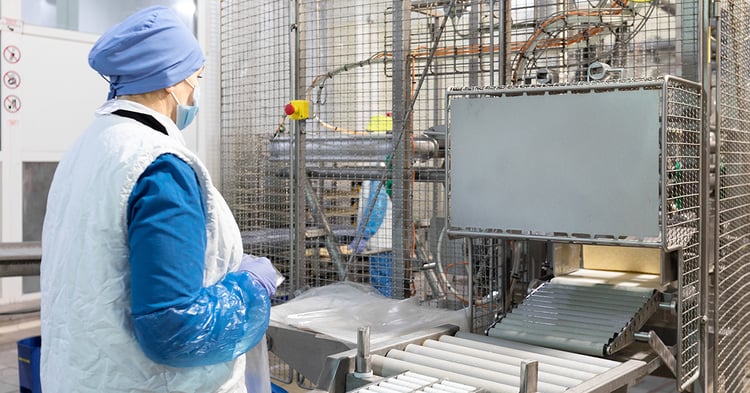![]()
The implementation of Manufacturing Execution Systems (MES) into businesses has drastically altered the management of labor and productivity in the workplace. Companies looking for ways to increase efficiency and accuracy have found the benefits of MES to be invaluable, providing enhanced labor productivity and improved workforce management.
By automating mundane tasks, MES has allowed companies to focus their attention on more pressing matters, while at the same time streamlining labor operations and reducing costs.
MES, with its data collection and analysis capabilities, can also provide a more efficient way to track production, allocate resources, and optimize workflow. Plus, it provides better visibility into employee performance, giving employers a deeper understanding of how they can best optimize their workforce.
In short, MES helps companies take control of their workforce and make the most of their labor resources while simultaneously improving employee satisfaction and retention.
Automation & Tracking Advantages
For businesses looking to maximize their labor productivity, investing in an MES system is an essential component of their workforce management strategy.
Automating processes and tracking production data can provide businesses with a competitive edge, optimizing operations and increasing efficiency. Automation streamlines repetitive tasks, eliminates human error, and reduces time spent on tedious tasks.
In addition, tracking data provides visibility into labor productivity and helps identify bottlenecks and inefficiencies, allowing companies to make more informed decisions and improve the overall value of their labor.
Impact on Worker Efficiency
The impact of MES on worker efficiency is undeniable, with various improvements to the way labor is handled. For one, MES can streamline the scheduling process, allowing managers to optimize workflows more efficiently and reduce the amount of time spent on day-to-day tasks.
MES can also provide managers with real-time visibility into worker performance and make adjustments, if needed, enabling better communication between staff, supervisors, and other stakeholders. This makes it easier to address any issues that arise.
MES Best Practices
As mentioned, MES can be a powerful tool for improving labor productivity and workforce management. But how can companies get the most out of their MES implementation? Best practices like scheduling optimization and data integration are essential to maximizing the benefits of MES.
Scheduling optimization should consider factors such as labor availability, employee skills, and job requirements to ensure that the right people are assigned to the right tasks. Data integration should draw on multiple sources to create an integrated view of the company’s operations.
The MES should also be able to handle variations in output and provide real-time feedback on performance. By taking such measures, companies can ensure that their MES implementation is as effective and efficient as possible.
Conclusion
As the demand for enhanced labor productivity and workforce management increases, the impact of Manufacturing Execution Systems (MES) is becoming increasingly apparent. By streamlining manufacturing processes and data, MES is providing a clearer and more efficient means of managing the workforce.
With its ability to improve labor productivity and workforce management, MES is undeniably an invaluable asset for any organization.


